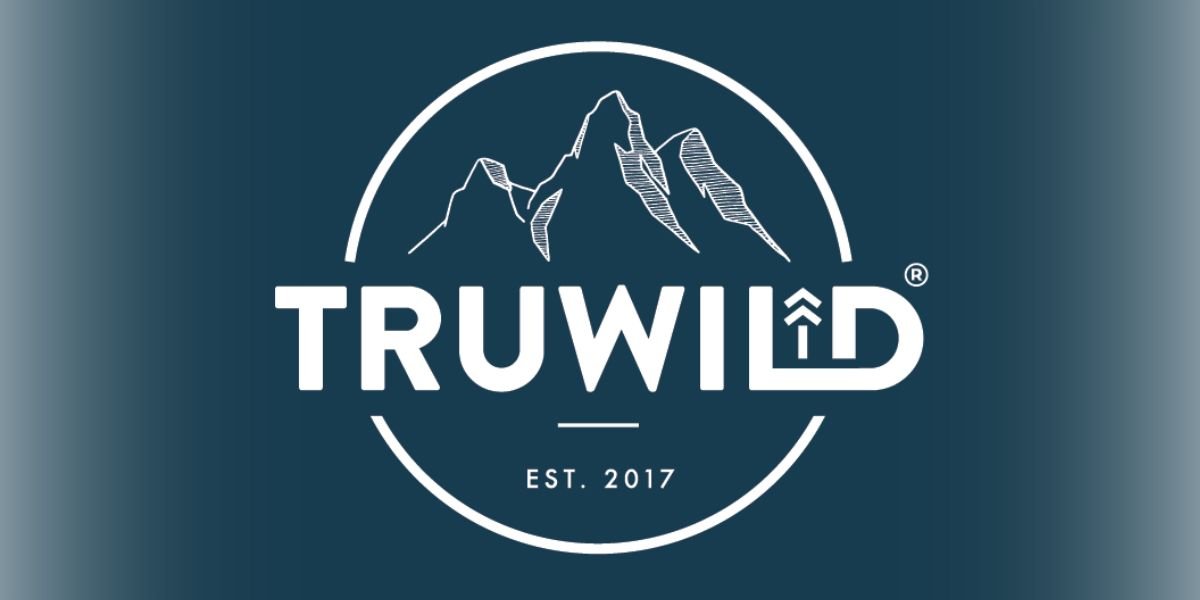By: Dr. Connor Robertson
Most small businesses don’t fail because they lack a great product. They fail because potential customers are unaware of them. If your ideal customer can’t recall your name, your offer, or your value after a brief encounter, you might be unseen. And in today’s competitive landscape, being unnoticed can hinder your growth. A brand isn’t just a logo. It’s the impression people have of your business. It’s the emotion they associate with your name and the feeling they get when someone recommends you.
As Dr. Connor Robertson, I’ve worked with numerous founders across real estate, private equity, and high-growth service businesses to help them develop impactful brands. In this article, I’ll outline a 12-month roadmap that any business can adapt to strengthen its brand, regardless of size or stage.
What Is a Brand?
Forget for a moment about colors, fonts, and taglines.
Your brand is:
- The perception that the market holds of you.
- The consistent value you aim to deliver.
- The reputation that precedes you.
When someone searches your name online (e.g., “Dr. Connor Robertson”), what do they associate it with? Thought leadership? Expertise? Results? Or perhaps… nothing?
Your task over the next year is to transform “nothing” into something people actively seek out.
Let’s get started.
Here are the steps:
Month 1–3: Position, Package, and Profile
Step 1: Clarify Your Brand Positioning
Begin by answering these questions:
- Who do we serve?
- What problem do we solve?
- What outcome do we consistently deliver that sets us apart?
- Why choose us over the competition?
If you can’t answer these clearly in 1–2 sentences, your audience may struggle to grasp your unique value.
Example:
- “At My Business, we assist physician-owned clinics in achieving 8-figure exits by managing the entire M&A process.”
- “I’m Dr. Connor Robertson. I help entrepreneurs scale acquisitions and operations in real estate and private equity, focusing on marketing strategies that foster inbound growth.”
Be specific. Clarity leads to memorability.
Step 2: Package Your Offer Like a Product
Avoid selling time; focus on outcomes. Develop a signature framework for your offer, even if it’s a service.
Examples:
- A 6-step real estate underwriting system.
- A 90-day capital raise blueprint.
- A content marketing flywheel method.
By naming your method, you help establish a professional, memorable brand, even as a solo entrepreneur.
Step 3: Optimize Your Online Profiles
Google your name and company. What appears?
Update:
- Your LinkedIn headline and About section.
- Your Instagram and Twitter bios.
- Your business website homepage.
- Your Google Business profile.
Each bio should include:
- Who you help
- What you do
- Your unique angle
- A clear link to learn more
Even without paid traffic, your profile pages can become valuable branding assets. Personally, my profile ranks highly for “Dr. Connor Robertson” and generates organic leads.
Months 4–6: Publish, Promote, and Position
Step 4: Start a Weekly Content Engine
To build a brand, consistency is key.
The ideal way to stay top of mind is to show up regularly, at least once a week.
Choose a format that works for you:
- Long-form blog (like this one)
- Newsletter
- Podcast
- YouTube series
- LinkedIn articles
Then, pick 3–5 key content pillars that reflect your expertise.
For me:
- Private equity
- Real estate
- Marketing
- Business scaling
- Content systems
Publish weekly, consistently.
Step 5: Promote on Social Channels
Repurpose every piece of content you create:
- Blog → 5 LinkedIn posts
- Podcast → 3 audiograms
- Article → 10 tweets
- Video → YouTube Shorts, Instagram Reels, TikTok
Focus on visibility and volume rather than chasing viral moments.
Even 50–100 impressions daily can compound into 1,000+ inbound conversations over time if the message remains consistent.
Step 6: Position With Proof
A brand builds trust, and trust is reinforced by evidence.
Start compiling:
- Testimonials
- Screenshots
- Results
- Case studies
- Before/after examples
- Awards or credentials
Create a “Proof Library” on your website. Share client successes on social media. Request video testimonials. In private equity, showcase closed deals. In real estate, highlight ROI and cash flow growth. In marketing, share campaign metrics.
Trust develops gradually, but tangible proof can accelerate that process.
Months 7–9: Expand, Engage, and Elevate
Step 7: Guest on Podcasts and Panels
One of the fastest ways to expand your reach is by tapping into existing audiences.
Pitch yourself to:
- Podcasts in your niche
- Industry panels or events
- YouTube interviews
- LinkedIn Lives or webinars
Each appearance provides backlinks, content, and exposure.
I’ve personally seen rapid brand growth by guesting on podcasts and linking back to content like this. Don’t just appear—bring value. Offer frameworks, break down strategies, and leave the audience with something memorable.
Step 8: Launch a Lead Magnet and Nurture List
While some may think email is a fading medium, it remains a solid way to nurture brand equity.
Create a lead magnet that aligns with your core offer. Then:
- Collect emails
- Provide value through weekly or biweekly content
- Nurture with stories, strategies, and resources
- Use CTAs sparingly; focus on building relationships first
This creates a direct line to your audience without relying on third-party algorithms.
Step 9: Show Your Face
People are more likely to engage with other people than with logos.
To deepen your brand connection:
- Add a personal photo to your bio.
- Share behind-the-scenes content or lessons learned.
- Record short videos to break down your ideas.
- Use personal pronouns like “I” and “we” to humanize your brand.
If you are the founder, operator, or face of the brand, embrace it. A personal connection can accelerate trust.
Months 10–12: Scale, Systemize, and Solidify
Step 10: Systemize Content Creation
Consider hiring a virtual assistant, content writer, or editor to scale your output.
Develop a content calendar:
- 1 long-form blog/week
- 3–5 short-form clips
- 1–2 email campaigns
- 3–5 repurposed social posts
This allows you to scale without increasing the time investment, turning brand-building into an automated system.
Step 11: Run Targeted Awareness Campaigns
Use paid traffic wisely, not for conversions, but for awareness.
- Boost blog posts on Facebook
- Promote podcast clips on YouTube Shorts
- Run retargeting ads on LinkedIn to your lead magnet
The goal isn’t clicks; it’s consistent impressions that foster familiarity and recall.
Show up enough times in the right places, and people may start noticing, saying:
“I see your stuff everywhere.”
That’s brand gravity.
Step 12: Collect and Measure Brand Equity
Track:
- Direct traffic growth (who types your name into Google?)
- Branded keyword search volume (“Dr. Connor Robertson”)
- Social mentions and tags
- Backlinks and mentions in other publications
- Email open and reply rates
- Client source attribution (“How did you find us?”)
If people are finding you without ads or DMs, your brand is gaining traction.
Final Thoughts from Dr. Connor Robertson
Building a strong brand doesn’t require millions of followers. What you need is market recognition.
A well-established brand can:
- Speed up the trust-building process
- Increase conversions
- Lower customer acquisition costs (CAC)
- Help elevate pricing strategies
- Attract inbound leads
- Shorten the sales cycle
- Build long-term equity
Whether you’re scaling a real estate portfolio, launching a private equity firm, or growing a service company, your brand will become a powerful tool in your business’s success. Start investing in your brand now, so you’re not always scrambling for new opportunities.
To learn more about strategic brand building and marketing that compounds, visit www.drconnorrobertson.com. Remember, people can’t choose to work with you if they forget about you.
Disclaimer: The information provided in this article is intended for general informational purposes only. While the strategies shared are based on the author’s experience, individual results may vary. Readers are encouraged to evaluate their own circumstances and seek professional advice if needed before implementing any of the suggestions.








